In modern communication, visual elements have ascended to paramount importance. The amalgamation of visual elements with digital landscapes has fundamentally reshaped the communication fabric. It’s imperative to dissect the historical roots and traverse the transformative journey of visual communication in this digital epoch.
Visual Communication’s Historical Foundations
Using pictures and symbols to convey ideas has long been a part of visual communication. Imagine old caverns with stories illustrated in them or symbols etched on stone tablets that conveyed meaning without using words. These were some of the first ways that our ancestors communicated visually.
People created new visual communication methods over time. Manuscripts with exquisite handwriting and pictures were produced in the past. When most people couldn’t read, these writings helped tell stories and transmit knowledge.
The printing press brought about a significant advancement in visual communication. It was developed in the fifteenth century and made it simpler to print books and newspapers, allowing a wider audience to access information. Over time, photography and more complex printing techniques were made possible by advancing both art and technology.
Visual communication has changed, influencing how we communicate concepts, ideas, and tales.
Pioneering Origins: A Synopsis of History
From complex hieroglyphs to prehistoric cave paintings, visual communication has developed as a fundamental technique for telling stories and imparting knowledge. The writings of the Middle Ages, the revolutionary invention of printing presses, and the Renaissance’s transformation of the visual arts all contribute to this historical trajectory.
Through the fluid fusion of pictures, symbols, and artistic expressions, the evolution of visual communication during these epochs has shown its fundamental relevance in shaping human cognition, facilitating cultural transmission, and driving societal advancements.
Visual Communication and the Digital Revolution
Digital technologies and platforms have made visual communication more accessible by enabling people and businesses to tell compelling visual stories. The digital landscape offers a wide range of tools that foster creativity and expand the reach of visual content, from social media platforms to sophisticated design software.
Additionally, the growth of social media and the internet has made it simpler for individuals to share photographs quickly with one other globally, creating previously unimaginable opportunities for engagement and connection. Visual content is now the cornerstone of digital marketing initiatives, driving interaction, delivering messages, and shaping brand identities in an increasingly competitive online world. Not only is the creation and dissemination of visual content entirely altered by the digital age, but
Change in the Modern Era: The Digital Shift
The field of visual communication has seen a tremendous transformation with the arrival of the digital age. The ubiquitous use of digital gadgets, the internet, and computing technologies has brought about a new paradigm in the visual storytelling of stories. This revolutionary development has opened up an unmatched range of outreach opportunities and broadened the possibilities for visual narratives.
The storytelling environment has had a renaissance due to the confluence of digital tools and pervasive connection, providing producers and communicators with innovative ways to create, distribute, and engage audiences with visual material. This profound change still redefines visual communication and determines how it will develop in the digital era.
Technology’s Effect: Transforming Visual Storytelling
The quick advancement of technology has brought about a revolution in the production and dissemination of visual content. Creating sophisticated multimedia presentations became feasible for a wider range of people thanks to the innovative introduction of sophisticated graphic design software.
Technology played a major part in altering the field of modern visual communication during this revolutionary change. In addition to making it easier to create complex visual tales, the widespread availability of readily available tools and software solutions has democratized the process and enabled a larger range of people to contribute to producing visually engaging material. A paradigm change has been sparked by merging technology and visual narrative, the foundation of contemporary communication techniques.
Trends in Transition: Evolution of Visual Aesthetics
In the current context, the advent of virtual reality, augmented reality, and interactive media signals the beginning of a paradigm-shifting period. This part explores the emerging trends and cutting-edge techniques transforming digital visual storytelling. These developments present a paradigm shift that breaks established boundaries and transforms how stories are told in the digital sphere.
Prospects for Visual Communication in the Future
A plethora of encouraging possibilities come to mind when thinking about the future of visual communication; these suggest a growth that will surpass the present limitations. Technological developments, especially in AI and machine learning, portend a time when visual content creation will become more individualized and tailored to individual tastes. The fusion of AR and VR technology is projected to transform narrative by engrossing viewers in immersive, interactive experiences.
Additionally, integrating data analytics with visual communication predicts customized content tactics that guarantee increased viewer engagement. With the best image and video CDN solutions integrated and digital platforms always evolving, the future of visual communication could bring more creative, immersive, and customized experiences to people worldwide.
Moving Forward: Imagining the Visual Environment of the Future
With the rapid advancements in artificial intelligence (AI) and machine learning, this essay speculates about the impending transformation of visual communication. This section examines the importance of AI, immersive technology, and future directions for the development of visual communication. Examining the future relationship between AI-powered breakthroughs and immersive experiences, it predicts a rebirth in how visual stories are imagined and told, pointing to a day when visual material will be more intuitive, flexible, and captivating.
Conclusion: The Limitless Potential of Visual Communication
The versatility of visual communication, which seamlessly combines innovation and tradition, is fundamental to its progress. In the always-changing digital age, visual storytelling continues to be a powerful force that shapes stories, breaks down barriers, and is an enduring form of communication and expression. Visual communication lives on adaptation; it embraces technical innovations while holding onto the essence of its history, guaranteeing its continued relevance in a communication world that is constantly evolving.





